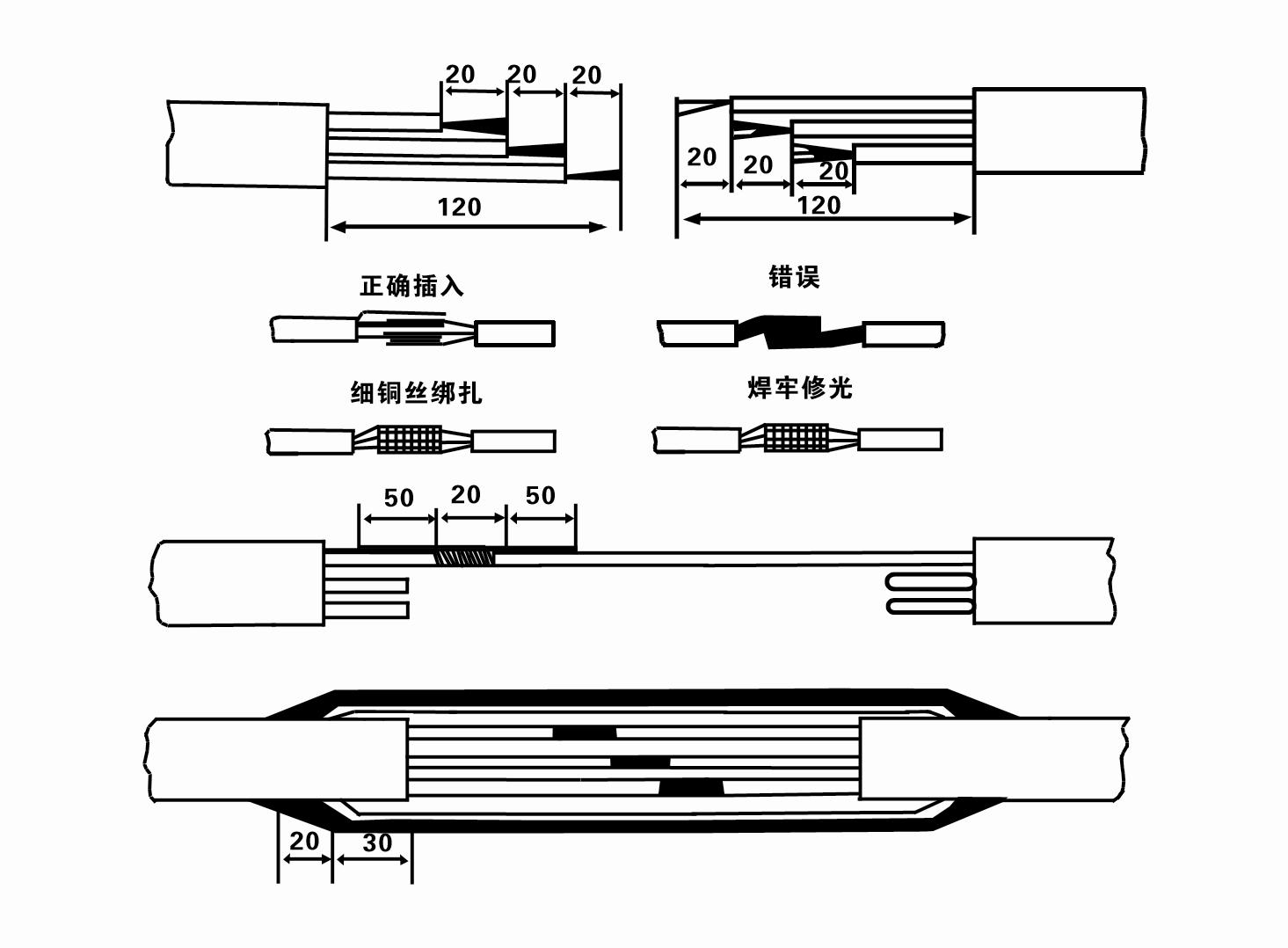Nov . 07, 2024 11:14 Back to list
Steps for Replacing a Deep Well Submersible Pump Efficiently and Safely
How to Replace a Deep Well Submersible Pump
Replacing a deep well submersible pump can seem like a daunting task, but with the right preparation and approach, it can be accomplished efficiently. This guide will walk you through the steps required to successfully replace your deep well submersible pump, ensuring that you restore water supply and maintain the functionality of your system.
Understanding the Deep Well Submersible Pump
A deep well submersible pump is designed to pump water from deep underground sources, typically at depths exceeding 25 feet. These pumps are durable and can effectively handle high water tables and significant demands for water supply. Over time, however, like any mechanical device, they can fail due to wear and tear, sediment buildup, or motor issues. Recognizing the signs of a failing pump—such as low water pressure, strange noises, or water discoloration—can prompt timely replacement.
Safety First
Before starting the replacement process, ensure that you have the following tools and safety equipment
- Safety goggles and gloves - Wrenches and pliers - A shovel (if applicable) - A bucket or container - A hoist or pulley system for lifting
Always disconnect the power supply to the pump before starting any work, as this will prevent accidental electrocution
.Step-by-Step Process
1. Assess the Situation Verify that the pump is indeed faulty. Check the electrical connections, circuit breakers, and the situation within the well. If the issue seems to be with the pump itself, proceed with replacement.
how to replace deep well submersible pump

2. Remove the Discharge Head Typically located at the surface, the discharge head connects the pump to the piping. Disconnect it carefully using the appropriate tools, and make sure to note how everything is connected for reassembly.
3. Extract the Pump To remove the pump from the well, you will need to lift it out, which can typically be done with a hoist or pulley system if the pump is heavy. Be cautious to keep the electrical wiring and piping intact as you pull the pump out of the well.
4. Prepare the New Pump While the old pump is being extracted, prepare the new submersible pump. Ensure it is compatible with your system’s specifications in terms of size, power, and capacity. Follow the manufacturer's instructions for installation, making any required adjustments to the wiring or piping as necessary.
5. Lower the New Pump into the Well Carefully lower the new pump into the well, ensuring that the electrical cables and piping are clear of any obstructions. Use the hoist or pulley system to avoid any abrupt movements that could damage the new pump or the well infrastructure.
6. Reconnect the Discharge Head Once the pump is securely in place at the bottom of the well, reconnect the discharge head. Make sure all bolts and fittings are tightened according to the manufacturer's specifications to prevent leaks.
7. Reconnect Electrical Connections With the pump secured, re-establish the electrical connections carefully. Double-check that all connections are secure and insulated to prevent any electrical hazards.
8. Test the Pump Before closing everything up, turn on the power supply and test the pump. Check for smooth operation and ensure that water is flowing as expected. Monitor for any unusual sounds or vibrations that might indicate a problem.
9. Final Checks Once confirmed that the pump is functioning correctly, inspect all connections one last time. Ensure that the discharge head is securely fastened and that there are no leaks in the system.
Conclusion
Replacing a deep well submersible pump can be challenging, but with careful planning and attention to detail, it can be done efficiently. Always prioritize safety by working with a partner if possible and wearing protective gear. If at any point you feel uncomfortable continuing the task, do not hesitate to reach out to a professional. With your new pump in place, you can look forward to a reliable water supply for your home or property.
-
Submersible Water Pump: The Efficient 'Power Pioneer' of the Underwater World
NewsJul.01,2025
-
Submersible Pond Pump: The Hidden Guardian of Water Landscape Ecology
NewsJul.01,2025
-
Stainless Well Pump: A Reliable and Durable Pumping Main Force
NewsJul.01,2025
-
Stainless Steel Submersible Pump: An Efficient and Versatile Tool for Underwater Operations
NewsJul.01,2025
-
Deep Well Submersible Pump: An Efficient 'Sucker' of Groundwater Sources
NewsJul.01,2025
-
Deep Water Well Pump: An Efficient 'Sucker' of Groundwater Sources
NewsJul.01,2025
-
 Submersible Water Pump: The Efficient 'Power Pioneer' of the Underwater WorldIn the field of hydraulic equipment, the Submersible Water Pump has become the core equipment for underwater operations and water resource transportation due to its unique design and excellent performance.Detail
Submersible Water Pump: The Efficient 'Power Pioneer' of the Underwater WorldIn the field of hydraulic equipment, the Submersible Water Pump has become the core equipment for underwater operations and water resource transportation due to its unique design and excellent performance.Detail -
 Submersible Pond Pump: The Hidden Guardian of Water Landscape EcologyIn courtyard landscapes, ecological ponds, and even small-scale water conservancy projects, there is a silent yet indispensable equipment - the Submersible Pond Pump.Detail
Submersible Pond Pump: The Hidden Guardian of Water Landscape EcologyIn courtyard landscapes, ecological ponds, and even small-scale water conservancy projects, there is a silent yet indispensable equipment - the Submersible Pond Pump.Detail -
 Stainless Well Pump: A Reliable and Durable Pumping Main ForceIn the field of water resource transportation, Stainless Well Pump has become the core equipment for various pumping scenarios with its excellent performance and reliable quality.Detail
Stainless Well Pump: A Reliable and Durable Pumping Main ForceIn the field of water resource transportation, Stainless Well Pump has become the core equipment for various pumping scenarios with its excellent performance and reliable quality.Detail
